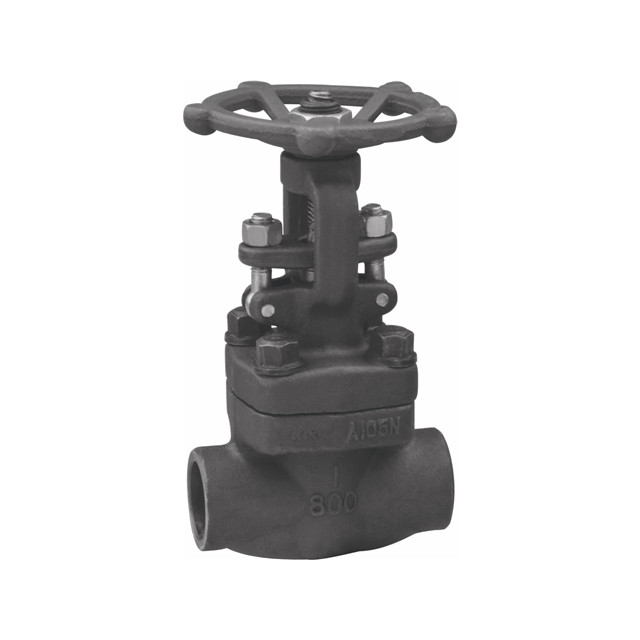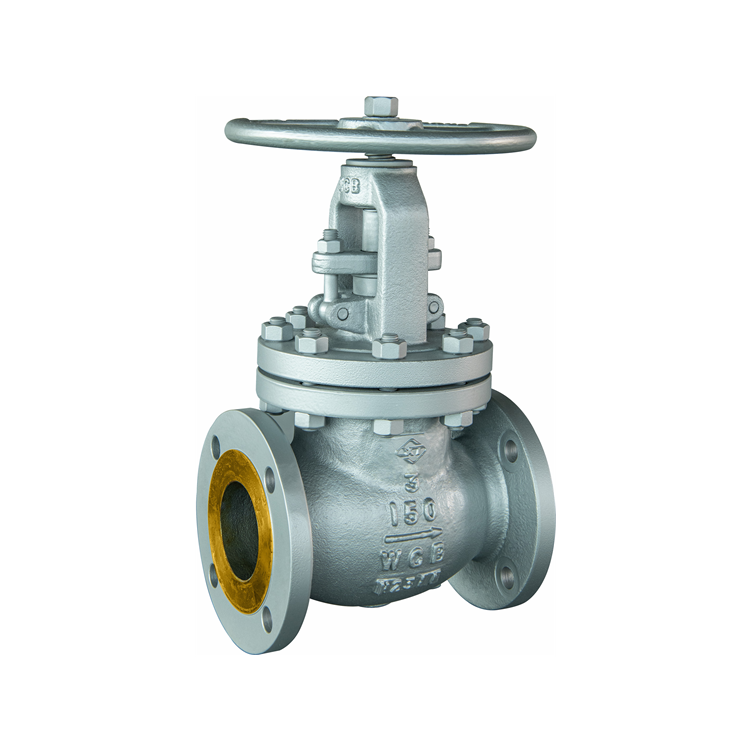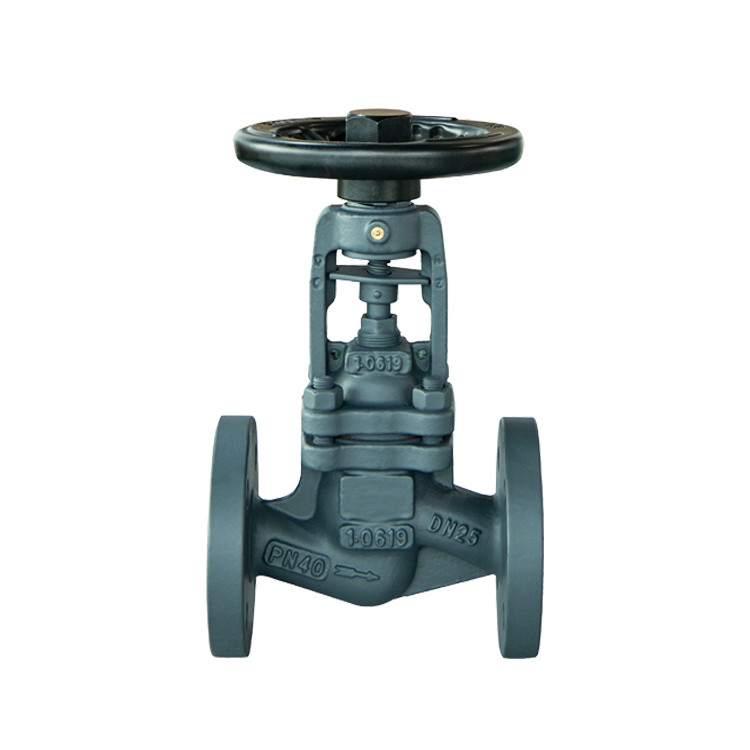3 Way Shower Valve
Pvc Gate Valve 1″
Gear Operated Butterfly Valve
shower thermo valve
vado shower valve

What You Need to Know About Globe Valves: A Comprehensive Guide
March 18, 2024 by Brina
In this article, we cover everything you need to know about globe valves, including their types, parts, and working principles. Plus, we provide tips on how to select the ideal globe valve based on factors such as material, size, and pressure limits.
Globe valves are regulating or shutoff valves used to control liquid flow. They come in various styles and configurations to meet specific needs and applications. Selecting the ideal globe valve for your application can be daunting due to its various shapes and design variants. Globe valves come in a range of materials, sizes, and pressure limits to meet your application. Selecting the appropriate one is key to getting maximum performance from your valve.
Let’s take a detailed look into the globe valves and how to choose the best one for you.
Table of Contents
Toggle
- What Are Globe Valves?
- What Are the Parts of a Globe Valve?
- Back Seat
- Bonnet
- Disc or Plug
- Gland Bolts and Nuts
- Gland Bushing and Flange
- Handwheel (Mechanical Actuator)
- Packing
- Pressure Seal Gasket
- Seat Ring
- Stem
- Valve Body (Globular Shape)
- Yoke
- Yoke Sleeve
- How Globe Valves Work?
- Types of Globe Valves
- Angle Globe Valve
- T-pattern Globe Valve
- Bellows-sealed Globe Valve
- Cryogenic Globe Valve
- Stop-check Globe Valve
- Pressure-seal Globe Valve
- What’s the Application of Globe Valve
- Pros and Cons of Globe Valves
- Pros of Globe Valves
- Cons of Globe Valves
- How to Choose Between Globe Valve vs. Ball Valve
- About Xintai: A Trusted Valve Manufacturer
What Are Globe Valves?
A globe valve is a linear motion closing-down valve that utilizes a disc to start, stop, and throttle fluid flow. The seat opening varies in direct proportion to disc travel and thus makes it ideal for tasks requiring controlling flow rate.
Globe Valves can be employed in a number of applications, such as steam and condensate service, temperature or pressure regulation in pipelines, and even nuclear plant process control. They come with various body and stem designs that can be tailored to meet specific requirements.
Globe valve disk designs come in three basic forms: ball, composition, and plug. The ball disk is ideal for low-pressure or temperature applications, while the composition disk features a hard insert ring that ensures tight closure. Finally, plug disks offer better throttling than either ball or composition disks and may be used when hard service requirements exist.
Globe valves come in several body patterns, the three most popular being standard, angle, and Y-shaped. Of these three options, the standard pattern is by far the most prevalent and typically employed for throttling services.


What Are the Parts of a Globe Valve?
A typical globe valve consists of the following parts:
Back Seat
The back seat in a globe valve is positioned at the rear of the valve body.
Its primary function is to provide a secondary seating surface, preventing system leakage when the valve is fully open.
It serves as a safety feature, especially during maintenance or repairs, offering a redundant seal.
Bonnet
The bonnet is a crucial part of the globe valve, securing the internal components and acting as a cover for the valve body.
It is attached to the valve body and houses the stem and disc assembly. The bonnet plays a key role in maintaining the integrity of the valve’s internal structure.
Disc or Plug
The disc or plug is the movable component within the globe valve that regulates the flow of fluid.
When the valve is in operation, the disc moves against the seat to either allow or block the flow.
The disc design varies based on the valve’s intended application and flow control requirements.
Gland Bolts and Nuts
Gland bolts and nuts are used to secure the gland, which houses the packing material.
These bolts and nuts ensure proper compression of the packing, preventing leaks along the stem.
Gland Bushing and Flange
The gland bushing provides support to the stem and ensures a tight seal around the stem. The gland flange secures the gland assembly and provides structural stability to the valve.
Handwheel (Mechanical Actuator)
The handwheel serves as a manual actuator, allowing users to control the opening and closing of the valve. It is an essential component for operations requiring human intervention.
Packing
Packing is a sealing material placed around the stem to prevent fluid leakage along the stem. It provides a secure seal while allowing the stem to move freely during operation.
Pressure Seal Gasket
The pressure seal gasket ensures a tight seal between the valve body and the bonnet, preventing fluid leakage under high-pressure conditions.
Seat Ring
The seat ring is a stationary part of the valve where the disc or plug makes contact to create a seal. It is essential for controlling the flow and preventing leakage.
Stem
The stem connects the handwheel or actuator to the disc or plug, transmitting the force required to control the flow. It is a critical component for the overall functionality of the valve.
Valve Body (Globular Shape)
The valve body, typically with a globular shape, houses the internal components and provides the main structure for the valve. It features inlet and outlet ports for fluid flow.
Yoke
The yoke is a bracket-like structure that supports the stem and helps in the proper alignment of the moving parts. It ensures smooth operation and stability.
Yoke Sleeve
The yoke sleeve surrounds the stem and protects it from external elements. It contributes to the overall durability and longevity of the valve.
How Globe Valves Work?
A globe valve is a multi-directional device that can open, close or throttle fluid flow. It consists of five major parts: the valve body, bonnet, handwheel, stem, and plug.
Valve Stem: The stem of a globe valve connects with the handwheel and operates the opening or closing action of the valve. It may be either smooth sliding or threaded.
Bonnet: The bonnet of a globe valve attaches to the stem and protects it from damage. Its seal, made from wear-resistant material, provides leak-proof closure for any media inside of the valve.
Ball Disc: The valve disc is another important element of a globe valve, used for low-temperature and low-pressure applications.
Seat Ring: The seat ring of a globe valve is where the disc fits and stops the fluid flow. Generally, this part can be screwed or threaded into an existing thread cut in the valve body to prevent removal during repairs or servicing.
Disc and Seat Capabilities: Globe valve discs come in various patterns, each providing its own advantages.
Globe valves are typically mounted, so the pressure is above the disk in high-temperature steam service and below it in lower-temperature or lower-pressure applications. This makes for easier operation and protects packing while reducing erosive action on seat and disk faces.
Generally, globe valves are designed for straight-through flow with ports oriented at right angles to the pipe axis. However, they come in various configurations, most often two-port but also three-port varieties.
Types of Globe Valves
Globe valves are widely used in industrial and marine applications to start, stop, and regulate flow, as well as isolate and throttle functions.
Angle Globe Valve
Angle globe valves, also known as Y-pattern globe valves, are designed with an angled body that allows for a change in flow direction.
This design is particularly useful in applications where space is limited or when a more convenient flow path is required.
Angle globe valves find applications in various industries, including petrochemical, chemical, and oil and gas, where they are commonly used for throttling and control.
T-pattern Globe Valve
T-pattern globe valves, or straight-pattern globe valves, feature a straight-through flow path, making them suitable for applications where minimal pressure drop is crucial.
These valves are often preferred in systems with high-velocity flows, such as steam applications.
T-pattern globe valves are commonly utilized in power plants, steam distribution systems, and other industrial settings.
Bellows-sealed Globe Valve
Bellows-sealed globe valves incorporate a bellows element that provides an additional barrier between the process fluid and the environment.
This design enhances the valve’s ability to prevent leakage, making it ideal for applications involving hazardous or toxic fluids.
Bellows-sealed globe valves are frequently employed in chemical processing, pharmaceuticals, and other industries where leak-tight performance is critical.
Cryogenic Globe Valve
Cryogenic globe valves are specially designed to operate in extremely low-temperature environments, such as those found in liquefied natural gas (LNG) facilities and cryogenic storage systems.
These valves are equipped with materials and features that ensure reliable performance under cryogenic conditions, providing effective control over the flow of cryogenic fluids.
Stop-check Globe Valve
Stop-check globe valves combine the functionalities of both a globe valve and a check valve.
They allow for throttling or complete shutoff of fluid flow while also preventing backflow.
These valves are commonly used in applications where the prevention of reverse flow is essential, such as in boiler feedwater systems and high-pressure steam lines.
Pressure-seal Globe Valve
Pressure-seal globe valves are designed to handle high-pressure applications, featuring a unique construction that enhances their ability to withstand elevated pressures.
These valves are commonly used in power generation, oil and gas pipelines, and other systems where high pressures are encountered.
The pressure-seal design ensures reliable performance and tight sealing under demanding conditions.
What’s the Application of Globe Valve
A globe valve is a type of valve that restricts or stops the fluid flow. They’re commonly found in piping systems transporting corrosives, viscous, or highly pressurized media.
They come in a range of patterns, each offering its own advantages. Furthermore, their ease of upkeep and ability to be repaired or replaced makes them an economical choice for many applications.
As its name implies, globe valves feature a spherical body. Two halves of this globe valve are separated by an internal baffle which contains an opening that acts as a seat for attaching a movable plug to close (or shut) the valve.
Globe valves are widely used industrial valves that can start, stop, and throttle fluid flow. They’re often found in systems requiring frequent throttling or regulating, such as vacuum systems, water hammer control, and systems operating at various temperatures.
Pros and Cons of Globe Valves
Pros of Globe Valves
Precise Flow Control: Globe valves excel at providing precise control over the flow of fluids.
Their design allows for accurate throttling, making them suitable for applications that require fine adjustments to the flow rate.
Versatility: Globe valves are versatile and find application in a wide range of industries, including petrochemical, chemical processing, power generation, and water treatment.
They are well-suited for various fluid types, temperatures, and pressures.
Good Shut-Off Capability: Globe valves offer excellent shut-off capability, ensuring a tight seal when closed.
This makes them effective in preventing backflow and leakage, contributing to their reliability in critical systems.
Sturdy Construction: These valves are often built with robust materials, enhancing their durability and longevity.
The materials used in their construction can be selected based on the specific requirements of the application.
Ideal for Throttling: The globe valve’s design, with a disc or plug that can be moved against the flow, makes it well-suited for throttling applications.
This feature allows for precise control over the flow rate.
Cons of Globe Valves
Pressure Drop: Globe valves can cause a significant pressure drop across the valve, particularly in fully open positions.
This can impact system efficiency, and in high-pressure systems, it may require additional energy to overcome the pressure drop.
Size and Weight: Globe valves can be relatively large and heavy compared to other types of valves.
In applications where space and weight are critical considerations, the size and weight of globe valves may pose challenges.
Slower Operation: Compared to some other valve types, such as ball valves, globe valves generally have slower opening and closing times.
This slower operation may be a limitation in systems requiring rapid response times.
Complex Design: The internal design of globe valves can be more complex than that of some other valves.
This complexity may result in higher manufacturing costs and increased maintenance requirements.
Limited Use in High-Flow Applications: Globe valves are not always the best choice for high-flow applications, especially where minimal resistance and pressure drop are crucial.
In such cases, other valve types like butterfly or ball valves might be more suitable.
How to Choose Between Globe Valve vs. Ball Valve


When selecting plumbing components, there are two primary valve types to consider: globe and ball. Both offer reliable on/off controls with distinct advantages that may be worth taking into account for your project.
When selecting a valve to control, start, or stop flow in a fluid system, it is essential to learn which type is most suitable for your application. The two most common types of fluid control valves are globe and ball valves.
Ball valves and globe valves differ in that they use a disk to open, while globe valves utilize a ball with an integral hole. When one opens the valve, fluid can pass through while the ball rotates to block its passage when closed.
The primary distinction between a ball valve and a globe valve lies in their closure elements. A ball valve features a spherical closure element that seals against an internal seat; on the other hand, globe valves feature disk-shaped closure elements that fit onto an outer seat.
About Xintai: A Trusted Valve Manufacturer
XINTAI Valve offers a comprehensive selection of valves, such as globe, check gate, ball, butterfly, and air/oxygen control valves. Their product range encompasses six categories and thousands of varieties. XINTAI has earned its customers’ trust by producing high-quality casting balls, and gate globe check wedge valves for various applications.
The XINTAI valve’s cast steel globe valve is the most widely used type of valve in many applications due to its low resistance and tight closing mechanism. Not only is this simple valve easy to install but also very durable, making it suitable for use in low-temperature media systems.
